How To Get Rid Of A Stye Naturally: The Comprehensive Guide
Defining exactly what a stye is
Do you want to know how to get rid of a stye naturally? A stye, medically known as a hordeolum, is a red, painful lump that grows near the edge of your eyelid. It can look like a tiny pimple and can pop up almost overnight, which can be rather surprising, not to mention uncomfortable. You probably want to look at how to get rid of a stye naturally. They can be exceedingly stubborn to get rid of. The one and only one I ever had I ended up calling it a “Stay,” because it just didn’t want to go away. Of course, it developed just before going on vacation.
Common symptoms of a stye include pain, swelling, redness, and a feeling like something is stuck in your eye. Styes are caused by a bacterial infection in the oil glands of your eyelid. These tiny glands can readily get clogged by dead skin cells, dirt, or oil buildup, causing a stye to form.
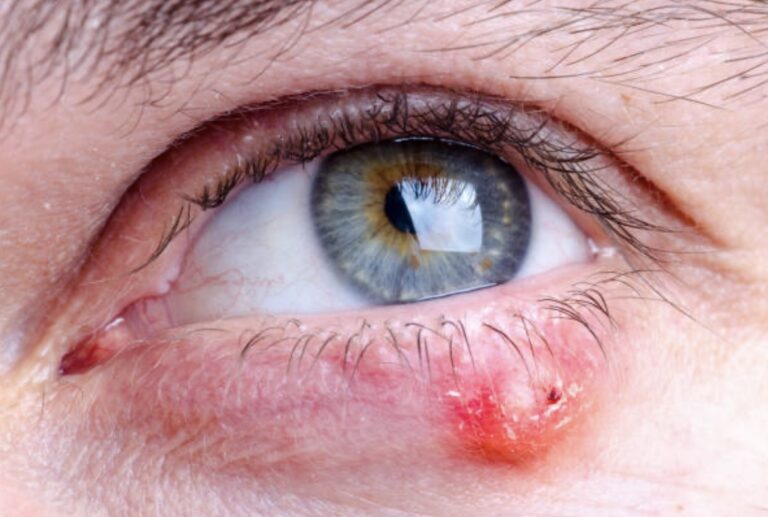
Differentiating between different types of eye infections
Recognizing a stye is one thing, but differentiating it from similar eye conditions, such as chalazia or uveitis, is another. Chalazia, for instance, are typically less painful and develop further on the eyelid than styes. Uveitis, on the other hand, involves inflammation of the middle part of the eye and comes with different symptoms altogether.
Since each of these conditions require different treatments, it’s essential to get a proper diagnosis from an eye care professional.
Exploring the typical course of a stye
Styes usually don’t cause any serious trouble—they can be painful and unsightly, yes, but they typically drain on their own in a week or so. However, if your stye doesn’t start improving after 48 hours, it’s time to seek medical attention. This is especially true if the stye is affecting your vision or causing severe discomfort.
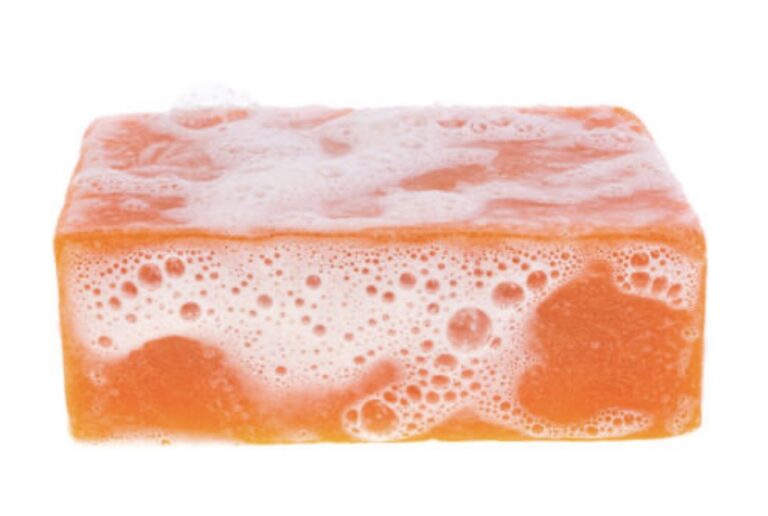
Debunking Myths Related to Styes
Common misconceptions about stye formation
There’s a lot of misinformation out there about why styes form. Some think they’re brought on by stress, others believe that staring at a computer screen for too long causes them. These are, however, misconceptions. In reality, styes are bacterial infections in the eyelid.
The do’s and don’ts with styes
You may be tempted to pop or squeeze a stye—don’t! This can cause the infection to spread. If your stye isn’t getting better or is causing significant discomfort, make an appointment with an eye care professional.
Clarifying misunderstandings about stye treatment
Another myth is that using old makeup or sleeping in makeup causes styes. While these practices can certainly be harmful to your eye health, they are not direct causes of styes.
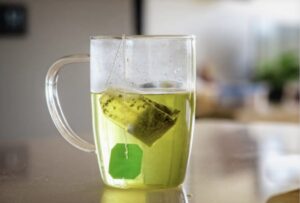
This Is How To Get Rid Of A Stye Naturally: Unveiling Natural Methods to Counter a Stye
Warm compresses for stye relief
Applying a warm compress to the stye for 10-15 minutes, three to four times a day is one of the simplest and most effective home remedies for a stye. This method promotes draining and healing. Just make sure the compress is clean and not too hot for your skin.
Cleaning the stye with mild soap and water
It’s essential to keep the area clean to prevent further infection. Use hypoallergenic baby shampoo or tear-free soap diluted with water, and gently clean your eyelid.
Dietary and lifestyle changes as preventive measures
Maintaining a healthy immune system can help prevent the development of styes. This involves regular exercise, a balanced diet, and enough sleep. Foods rich in essential vitamins like A, C, and E are also good for eye health.
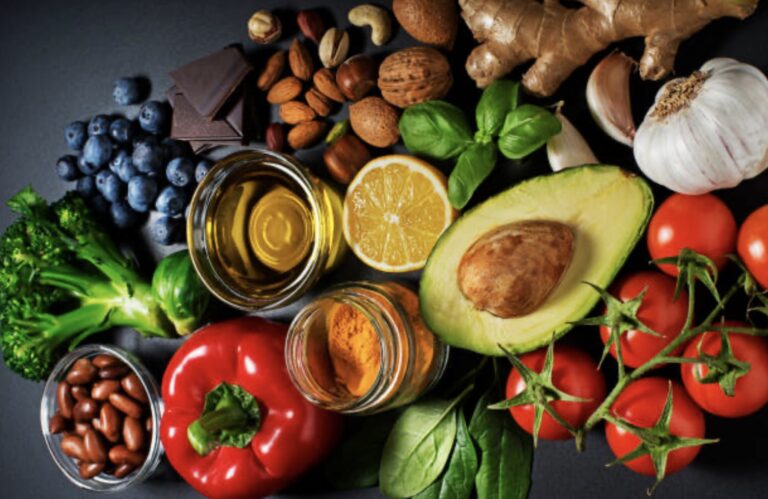
Homeopathic and Herbal Remedies for Stye Treatment
The role of homeopathy in managing a stye
Homeopathy could offer aid in managing a stye. Remedies like pulsatilla or staphysagria have been traditionally used as eye health supplements. For the right dosage and usage, consult a homeopathic expert.
Herbal teas and concoctions that can help
Certain herbal teas, like green tea, can expedite the stye healing process, thanks to their anti-inflammatory properties. Simply steep a tea bag in warm water, allow it to cool a bit, and place it over the infected eye. The warmth from the tea bag makes it feel so much better, this was one of the remedies I tried. If you’re looking at how to get rid of a stye naturally, this is one of the first remedies I would try.
Precautionary measures before using homeopathic and herbal remedies
Remember, while homeopathic and herbal remedies can be beneficial, they aren’t risk-free. Keep an eye out for allergies and discuss the prospects of using these remedies with a healthcare provider before applying.

Next-level Stye Management: When to Seek Medical Help
Indications that it’s time to consult a healthcare professional
If home remedies don’t help, if the stye worsens or returns, or if symptoms like severe pain, blurred vision, or eyelid swelling persist, it’s time to consult a healthcare professional.
Overview of the medical treatments for styes
Afflicting styes could be treated with antibiotic ointments, steroid injections, or in severe cases, minor surgery. All these procedures require professional medical intervention.
Tips on ensuring an effective collaboration with your healthcare provider
Before your visit, note the symptoms, any improvements or worsening conditions, and questions that you may have. Adhere strictly to the prescribed treatments and make sure you attend all the follow-ups to ensure proper recovery.
While styes can be unpleasant and painful, there are plenty of natural, effective remedies for relieving discomfort and speeding up recovery. Remember to keep an eye on your symptoms, don’t let myths misguide you, and involve a healthcare professional when required. Let’s take a look below at some old wives’ tales on remedies that people have used for years.

Banishing Styes with Time-Tested Remedies: Exploring Old Wives Tales
Have you ever woken up with a red, swollen, sensitive bump on your eyelid called a stye? It’s no picnic, and people have been looking for home remedies to alleviate the discomfort of styes since time immemorial. Let’s take a dip into the pool of old wives’ tales and their wisdom on how to get rid of a stye!
Old Wisdom and Modern Science: Are They Friends or Foes?
It is always fascinating to see how health-related folklore intersects with modern science. While it’s important to always consult a healthcare professional for serious concerns, it’s equally as fascinating to learn about different customs and beliefs, some of which have grains of truth and practicality!
Golden Ring to the Rescue?
One of the most prevalent old wives’ tales suggests using a gold ring to cure a stye. The theory is that gold possesses antibacterial properties, and rubbing it against the stye could potentially help heal the infection. Now this one has been around for a very long time, many people suggested I try it. It did not work for me 🙁
While the scientific validity of this claim is arguable, it’s an interesting solution that many swear by. It’s always important to remember to clean any object, gold or otherwise before it comes into contact with an inflamed, susceptible area like a stye.
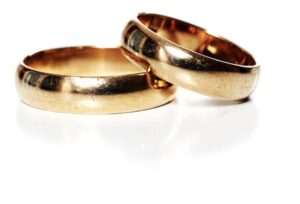
The Power of Leafy Green Vegetables
Another common belief is that placing a warmed leaf (like a spinach or cabbage leaf) over the affected eye could lead to quick relief. These leafy green vegetables indeed contain certain substances and antioxidants known for their inflammation-reducing properties. Just make sure the leaf is clean before applying it to your eye, and don’t overdo the heat!
Tea Bag Tactic
Old wives around the world often propose the soothing power of a warm tea bag against the stye-ridden eye. The tannic acid found in tea is said to shrink the stye and thereby reduce its discomfort.
Guava Leaves: A Tropical Solution?
Some cultural wisdom even insists that guava leaves, boiled and then placed on top of the stye, can be quite effective. Guava leaves contain anti-inflammatory and antimicrobial compounds, which could logically help in reducing inflammation and killing bacteria.
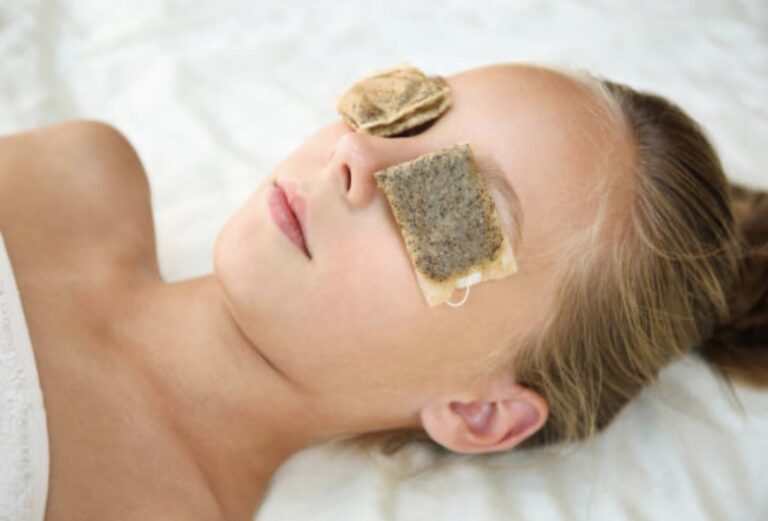
Final Thoughts
Among all these old wives’ tales, the overarching theme seems to be the use of warmth and natural anti-inflammatory ingredients to soothe the stye.
While these remedies may provide some relief, it’s important not to overlook modern medical advice – particularly if your symptoms persist. Always remember to consult a healthcare professional if a stye doesn’t improve or worsen over time.
As we leave the realm of old wives’ tales, you’re reminded of how pervasive these old remedies can still be today, connecting us to our past and showcasing human ingenuity in dealing with common ailments. So, next time you wake up with a stye, perhaps you’ll think back to this post for a few home remedies to try. But remember, when in doubt, seek professional advice!
Frequently Asked Questions
Yes, maintaining eyelid hygiene, eating a healthy diet to support the immune system, and regular eyelid cleansing can prevent stye formation.
People with certain dermatologic conditions, such as rosacea or blepharitis, or those who frequently rub their eyes or use old or poor-quality cosmetics, might be at higher risk.
A stye typically appears as a lump on theid’s edge accompanied by redness and tenderness. Other conditions may present slightly different symptoms and therefore require professional diagnosis.
Most natural remedies carry minimal risk. However, seek medical attention if the stye doesn’t improve in a few days or worsens.
It’s time to seek professional help if the stye persists for over a week, worsens, or disrupts vision…or if it becomes painful.


